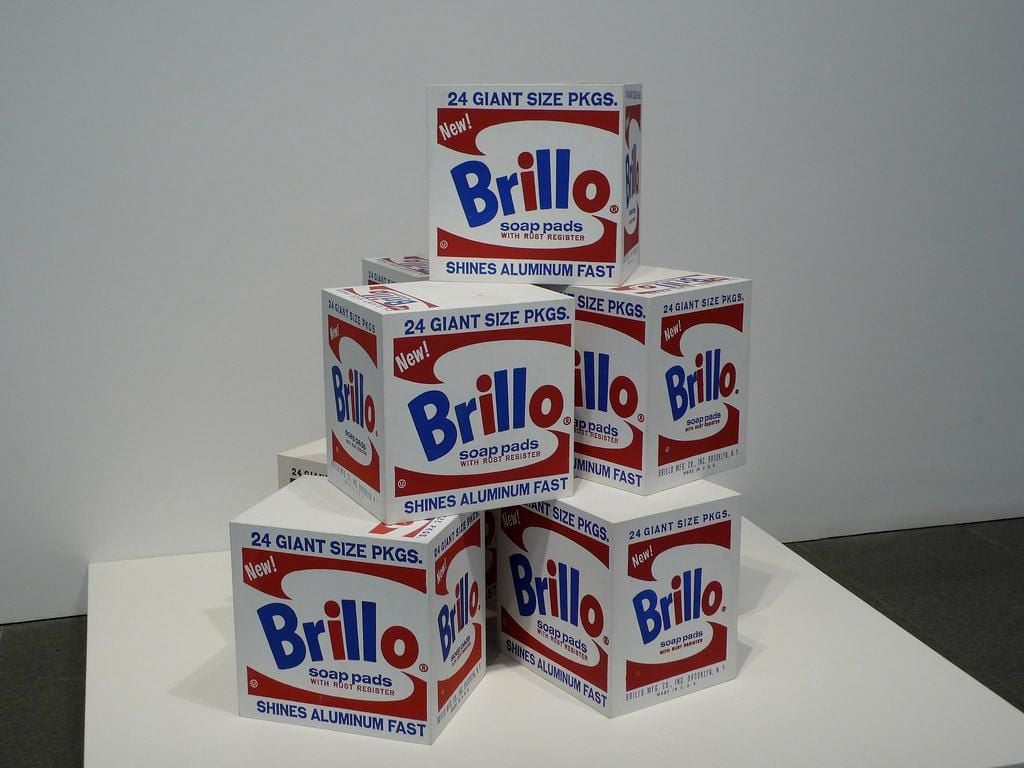Physicists Come Up With Intriguing Way to Measure Art’s Evolution
By mapping the complexity and entropy of 140,000 paintings created between 1031 and 2016, the researchers demonstrated the interaction of art movements
/https://tf-cmsv2-smithsonianmag-media.s3.amazonaws.com/filer/4c/61/4c6183f7-3668-420c-ab4a-a80678b59495/georges_seurat_034.jpg)
Physicists Higor Y.D. Sigaki, Matjaž Perc and Haroldo V. Ribeiro have come up with a novel way of tracking art’s evolution from Renaissance realism to increasingly abstract avant-garde styles and, most recently, postmodernism.
To do so, the trio set out to map the complexity and entropy, or disordered chaos, if you will, of nearly 140,000 paintings created between 1031 and 2016, Scientific American’s Jess Romeo reports. The final data pool spanned more than 2,000 artists and 100 styles.
According to Sibylle Anderl of German newspaper Frankfurter Allgemeine Zeitung, the team found that works dating to the 17th century and earlier boasted a level of order unseen in modern art. From 1950 onward, however, artists appeared to return to ordered ideals, embracing clean lines and neat grids to an extent surpassing that of their Renaissance and Romanticism predecessors. The researchers detailed their process in a paper published in the Proceedings of the National Academy of Sciences last September.
For the study, the physicists defined complexity as the variability of patterns within an image. Paintings with highly variable patterns were viewed as more complex, while those with relative uniformity were deemed less complex. Comparatively, the team’s measure of entropy was guided by a work’s degree of chaos, with higher levels of disorder amounting to high entropy ratings.
To begin their analysis, the researchers downloaded 137,364 images, mainly representing paintings, from the online WikiArt portal. Next, they converted these works of art into a matrix representation that captured the original work’s dimensions, range of hues and varying color intensity.
Christopher Packham of Tech Xplore explains that the physicists, aided by machine learning algorithms, were then able to determine the relationship between adjacent pixel grids and, subsequently, assign unique entropy and complexity values to every work.
This process enabled the team to develop an entropy- and complexity-based timeline that roughly aligned with the established art history canon. Plotted against these two measures, three main groups emerged: Renaissance, Neoclassicism and Romanticism; modern art; and contemporary/postmodern art.
Renaissance, Neoclassicism and Romanticism art fell in the middle of the spectrum, boasting a relatively high complexity and degree of order. At the other end of the spectrum, modern art's “blended edges and loose brushstrokes,” as Romeo notes, scored high on disorder, low on complexity. This phenomenon is exemplified by Andy Warhol’s Pop Art “Campbell’s Soup Cans,” which are filled with straight-edged lines and discernible patterns.

Contemporary/postmodern art stood at the other end of the spectrum with a low entropy, high complexity rating. As the researchers observe, this stylistic cluster, including Pop Art and Constructivism, is marked by “sharp edges and very contrasting patterns … formed by distinct parts isolated or combined with unrelated materials.” A prime example is Jackson Pollock’s drip paintings, which adorn the canvas with bold, chaotic swirls lacking any sense of organization.
Reducing works of art to two measures is an admittedly simplistic approach, but as Scientific American’s Romeo points out, the technique, if employed in large-scale assessments, could yield valuable insights on the evolution and interaction of different art movements.
Honing in on specific art movements, the study’s authors were able to highlight Minimalism and Color Field Painting’s lack of entropy. These styles, popular from the 1960s onward, are defined by “simple design elements” and abrupt color transitions, according to the researchers. Pointillism and Fauvism, on the other hand, make up for what they lack in complexity with a high level of disorder, relying on “smudged and diffuse brushstrokes,” as well as blended colors, to avoid the appearance of sharp edges.
Once better-trained, the researchers posit, the algorithm could even be used to classify obscure works of art.
Maximilian Schich, a professor of arts and technology at University of Texas at Dallas who was not involved in the study, tells Romeo that he’s in favor of the interdisciplinary research.
“One thing I think is very elegant in this paper is that they look at the complexity at the local level, the pixels and the surrounding pixels,” Schich says. “You could say, ‘Yeah, that’s too simple—it doesn’t explain all of the painting.’ But it’s research that is valuable.”
/https://tf-cmsv2-smithsonianmag-media.s3.amazonaws.com/accounts/headshot/mellon.png)
/https://tf-cmsv2-smithsonianmag-media.s3.amazonaws.com/accounts/headshot/mellon.png)